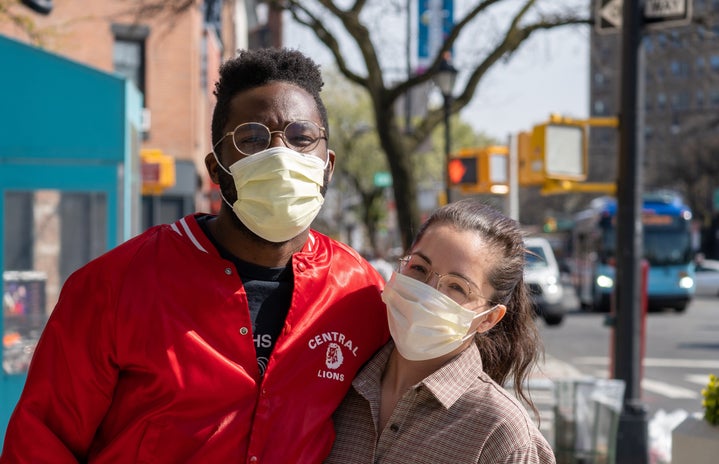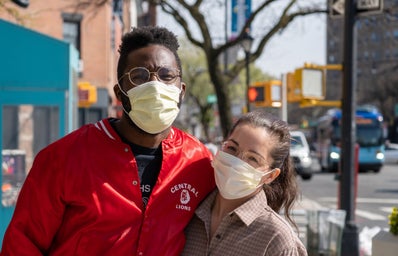Throughout the world, COVID-19 is affecting millions of lives. Though it is a time of uncertainty for the nation, there is one evident aspect: low-income communities, particularly those with a high minority population, are disproportionately suffering from the outbreak. While the virus infects people regardless of wealth and economic class, the poor will be most affected due to long-standing segregation by income and race, reduced economic mobility, and the high cost of medical care. Low-income communities’ vulnerability will be more pronounced for marginal groups – identified by race, gender, and immigration status.
Many low-income communities of high minority groups have a significant population of immigrants. On top of being from a low-income community with limited resources, these undocumented individuals who are experiencing symptoms of COVID-19 are hesitant to get tested because of the looming fear that it can lead to deportation. Though the US has implemented a relief fund, the $1,200 is only eligible for American citizens and green card holders, leaving undocumented immigrants without financial help. Most immigrants get paid under the table and cannot file for unemployment, so many will continue to work in places that lead them to having a high possibility contracting COVID-19, which can then be spread to their families, rather than missing a paycheck that will keep them afloat. The US government needs a response for the undocumented individuals who are also part of low-income communities. The government should target its economic stimulus packages to the low-income communities that will be hit first and hardest and ensure an adequate standard of living for all.
The vast effects that COVID-19 has on these communities may seem unrealistic, but a CDC examination of 99 counties also found preliminary evidence that “black populations might be disproportionately affected by COVID-19.” In the US, economic inequality is closely linked to a racial divide in income and wealth. Incomes and wealth are lower, and poverty is most acute among Blacks and Latinos. About 21 percent of Black people and 18 percent of Hispanic people live under the poverty line, compared with eight percent of white people. The median white household has 41 times more wealth than the median Black family and 22 times more than the median Latino family. Due to the lack of resources to prepare and protect against the coronavirus, the poor face a higher risk of contracting and subsequently spreading the virus.
It’s easy to focus on the problems COVID-19 is causing for adults, but it’s equally important to be aware of the problems it is causing for children and teenagers. With the ‘stay-at-home’ orders from state governors, education has come to a halt. An abundance of primary and secondary schools, as well as colleges, have gone virtual with online classes. However, many students who live in low-income households don’t have access to the Internet or a computer. Schools for many of these kids are their only source of technology, and as unfortunate as it is, schools were also their main source of nutrition. A school for low-income students isn’t just a place of education, but rather it’s a place of safety when a home isn’t.
If these situations seem too ludicrous to be real, let me assure you that it is what my own neighborhood is living through. People living in these types of areas are wondering when they are going to receive their next paycheck to pay for rent and buy groceries, but the truth is we don’t know when the next paycheck will come – and that terrifies us. I see neighbors sharing their food because of the scarcity in the grocery stores and, yes, this pandemic is showing how caring people can be in the face of a crisis, but it is also lifting the veil of the United States’ flaws. Our government doesn’t have the resources for low-income community groups and, frankly, I don’t think they care.
COVID-19 is showing the hideousness that is our government system and, unfortunately, it probably won’t change when this pandemic is over. Families and individuals of low-income communities have taught themselves how to survive in cut-throat situations, but with these circumstances, their survival is at the margins. People who have the privilege to work from home and who have the privilege to get tested face different circumstances. People from affluent communities who aren’t experiencing symptoms have the privilege to get tested for COVID-19, but individuals of low-income communities, minority ethnic groups, and undocumented immigrants don’t have those same opportunities.
To fellow low-income communities, especially those with marginalized groups: This country was not built to accommodate us, and I’m sorry it’s affecting our families the most, but once we get through this – and we will because we have endured more than we can say – then we can work to change the nation to work for us.



